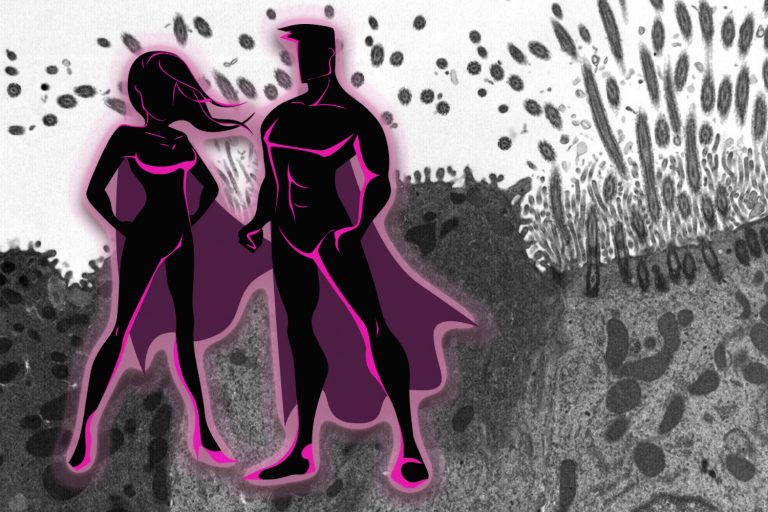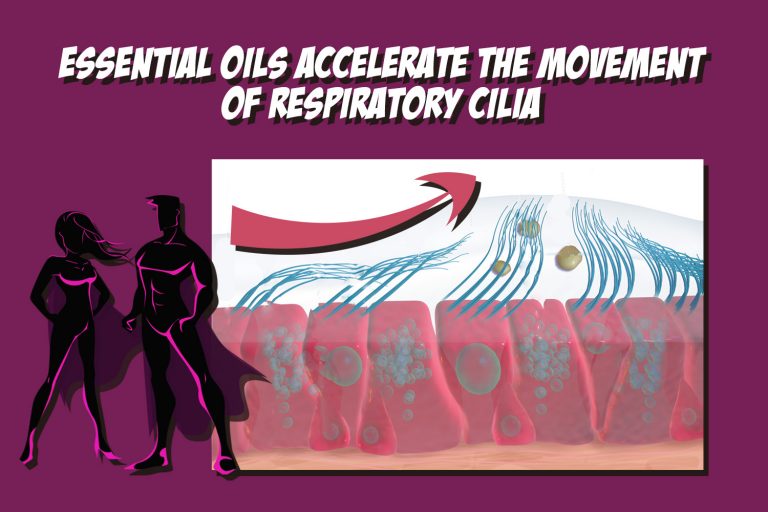10 Jan Cilia: the defenders of respiratory health

The respiratory tract is equipped with three main defense mechanisms that protect the animal against infections, remove foreign particles and keep the respiratory airways clean:
- Mucus, a sticky substance produced by specialized cells in the in the nose, sinuses, mouth, pharynx, trachea and lungs. It traps dust, pathogens and foreign particles.
- Cilia, tiny structures that have the shape of small hairs. They move continuously in the direction of the beak and carry away the mucus that contains dust, pathogens and foreign particles, expelling them outside the body. If cilia become paralyzed or are lost, mucus on the surface of the trachea cannot be cleared, and entrapped pathogens, dust and particles may reach the lungs and air sacs and cause infections.
- Scavenging cells, that actively search and destroy foreign particles and microorganisms.
The malfunction of even one of these three mechanisms leads to the accumulation of pathogens and foreign particles in the respiratory tract and may result in disease.
The proper functioning of cilia is extremely important to prevent respiratory diseases and to avoid secondary infections whenever there are viral diseases ongoing.
There are several factors that impair the movement of cilia:
- Concentration of ammonia in the poultry house: It has been demonstrated that a concentration as low as 10 ppm of ammonia causes excessive mucus, damages the cilia and impairs the elimination of pathogens like E.coli. At 25 ppm, cilia stop moving and the occurrence of airsacculitis increases. At 40 ppm, cilia are destroyed. Whenever broilers are vaccinated with live viral vaccines in an environment of high levels of ammonia, the cilia are not able to eliminate the vaccine virus and there is a higher risk of strong secondary reactions to vaccination.
- Excessive mucus, that is produced as a result of respiratory diseases or high concentrations of dust in the environment of the poultry house, can also slow down or block the movements of cilia.
- Viral infections: several respiratory virus, such as Infectious Bronchitis Virus, Avian Influenza Virus or Newcastle Disease Virus, replicate in the tissues of the upper respiratory tract and destroy the cilia. As the cilia may take up to two weeks to regenerate, during the regeneration time the animal is exposed to secondary infections, like E.coli.
What can essential oils do?
Ciliary Beat Frequency is a parameter that measures the movement of the cilia. The faster it is, the better the elimination of mucus, dust, pathogens and particles.
Certain essential oils are able to speed up the ciliary beat frequency up to 20% in a natural way, improving the physiological cleaning up of the respiratory airways. This is translated into a better welfare during all the life of the animal and into enhanced productive and economic results.

Other essential oils are mucolytic: whenever the trachea is congested and there is an accumulation of mucus, essential oils lower the viscosity of mucus, allowing the free movement of the cilia and, as a consequence, the cleaning of the respiratory system.
Products of choice
PlusBreathe© contains essential oils with natural antiseptic, antioxidant, expectorant and mucolytic activity. It has a refreshing taste.
It is indicated to improve the functioning of the respiratory system and to mitigate heat stress in birds, ruminants, pigs and rabbits of all ages. It can also be nebulized in the farm environment.

Certain health statements may not be applicable in your region.

